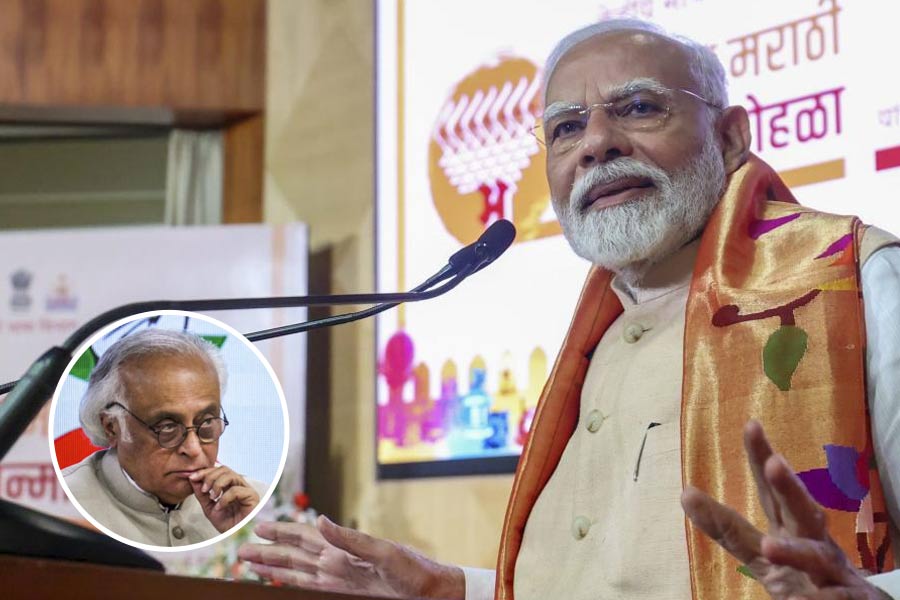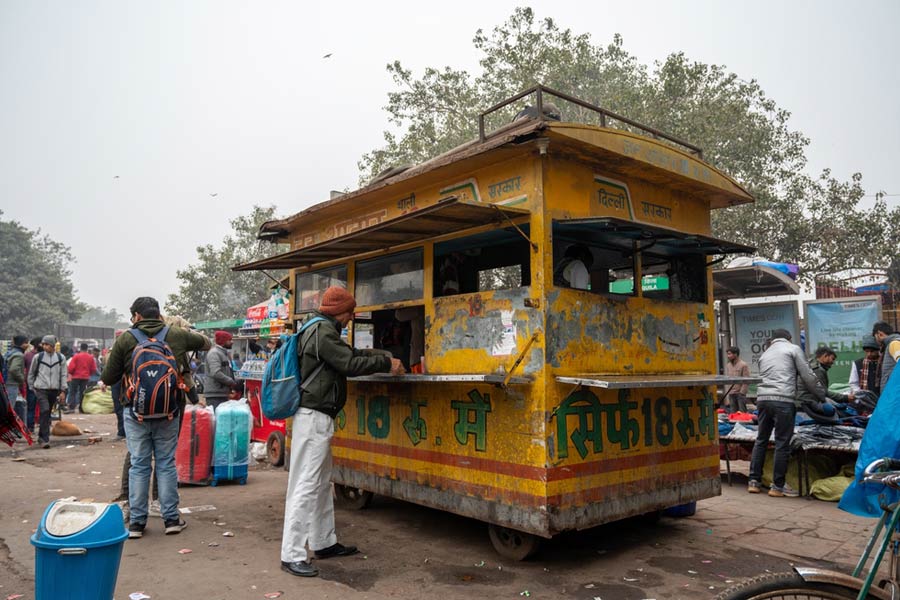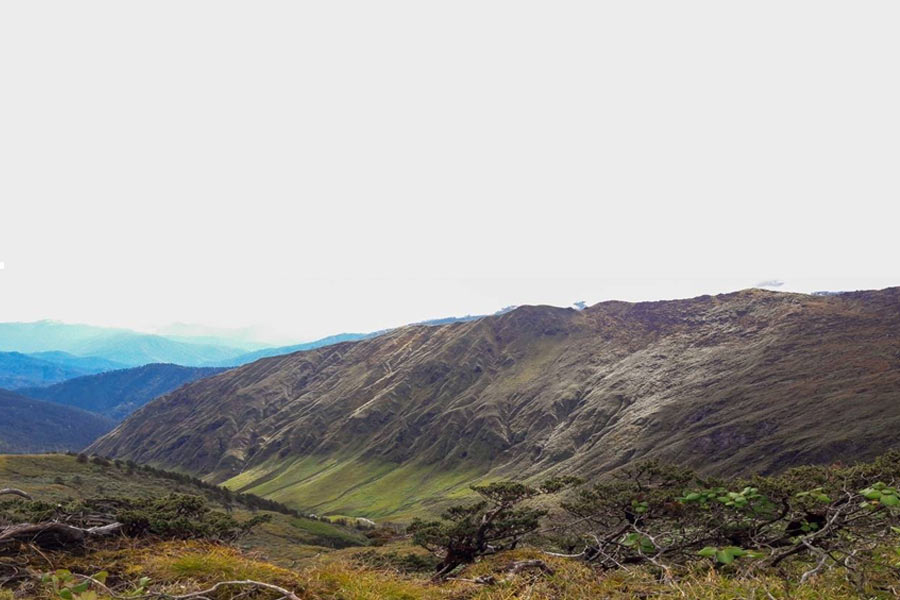|
|
It could be said this is a tale of two lost cities: Mohenjodaro and Pataliputra. Lost because we have forgotten both. Let me begin with a confession. I am not a historian, even farther away from being an archaeologist. My only justification for raising questions here that should rightfully be addressed by only the specialists is simple curiosity and the hope it would rouse the curiosity of other non-specialists too.
Ever since John Marshall announced in 1924 the discovery of a hitherto unknown ancient civilization that had grown on the banks of the River Indus, Indians have firmly staked their claim to it and now Pakistanis are doing so too. None, of course, had an inkling of this bit of their heritage until R.D. Banerjee, arguably the most imaginative among the great archaeologists of the last century, had made the first guess around 1922.
Mohenjodaro was truly a remarkable city. Its layout was based on a grid of streets, and its structures, including houses, constructed of bricks of sun-baked mud and burned wood, rose up to two storeys high. Surprisingly, it had an advanced drainage system with an elaborate bath area that had an underground furnace for heating the water, with a layer of natural tar used for keeping everything leak-proof.
Mohenjodaro?s prosperity came presumably from agriculture and trade and obviously human capital of a high order. The city featured a large well, a large granary, and a central marketplace. Among the wares unearthed were a lot of children?s toys. This city had no great temples, no amphitheatre, no strongly-defended citadel, no palace. Mohenjodaro, strange to think, was a modern city lived in by a modern, gentle and civilized people five thousand years ago. Perhaps it is because of this that neither myths nor legends grew around them. They did not leave even a piece of ?disputed structure? anywhere for posterity to quibble over when, unaccountably, the civilization was destroyed. When some of the ancient bricks of Mohenjodaro were found being carted away by contractors to bolster up a new railroad the British were installing, naturally there was no hue and cry.
Our record of cherishing our own past was never much to talk about. When Bankim Chandra Chattopadhyay quipped about the Bengalis being a self-forgetting race, he could have said it again for the Indian nation as a whole. To take the most telling example: the entire people managed to forget, the pundits included, how to read the Brahmi inscriptions on the Asoka pillars. Asoka had ordered the use of the simplest forms of Pali so everybody would understand. He wanted the use of scripts that were familiar in the region.
Hard stone was brought from distant provinces in carts to capital Pataliputra. There the pillars would be fashioned and the edicts inscribed, usually in the Brahmi script, in Kharoshti for certain western provinces, in both Aramaic and Greek simultaneously in special cases for regions around Gandhar (now taliban-infested Kandahar). By royal command, Asoka?s edicts were read out to the people during festivals and other public occasions. So the people at least would hear, if not read, those unforgettably candid admissions and admonitions of a king that reminded his people of the Path of Dhamma; of the innocent subjects? right to live a life of their own, and the disgrace, unhappiness and remorse that straying from the Path would bring to any transgressor ? subject or king or any of his minions.
We do not know if even in those simple terms the people understood what Asoka was talking about. What we do know is that ?We, the People of India? a few thousand years down the road had managed to forget our first alphabet. No one could read the edicts any longer or remember what they said. In all fairness I have to add that this great lapse one day stood partially redeemed. Our pundits, with a nudge from William Jones, achieved total recall and Brahmi was retrieved. They could do it for they had not forgotten Sanskrit, Prakrit and Pali. The Brahmi script itself looked familiar. It was like Devanagari, only more angular, rectilinear and bare. No such luck with the Indus script.
After Daya Ram Sahni and Rakhal Das Banerjee, followed by John Marshall?s ?Eureka!? of 1924, came a generation of brilliant and dedicated Indian archaeologists like K.N. Dikshit, N.G. Majumdar (who was hand-picked from almost childhood by R.D. Banerjee and afterwards by Marshall) and others carrying out excavations with startling results. These cumulatively pointed to a much wider spread of that ancient Harappan civilization, its contours promising to spill over into Punjab as well as across the western limits of India spreading out almost indefinitely.
The Indian archaeologists had to operate in a difficult, often dangerous, terrain away from human habitation ? how difficult and dangerous some of my readers may still recall. Field archaeology in the Indus Valley was brought to an abrupt halt on November 11, 1938 with the tragic killing of N.G. Majumdar who, at barely forty, was then leading the archaeological expedition in Sind. A heavily-armed band of marauders had descended from the Kelat state side and attacked the camp that stood in the foothills of the Kirthar range. Majumdar, who had rushed out, hoping to stop them, fell, his body riddled with more than a dozen bullets. As an American archaeologist of a later expedition remarked, explorations in the Indus Valley took a long time to recover from the shock of that one meaningless November 1938 tragedy.
Only 10 per cent of Mohenjodaro had been excavated. This might not have been such a bad thing for, as Anwar Pirzado, a distinguished journalist of Pakistan who was part of the 1964 Pennsylvania University Expedition, noted in 2002, most of the exposed relics usually had crumbled to dust or had simply vanished. Michael Jansen found 3,000 architectural structures of Mohenjodaro in the field books of Marshall?s excavations in the early Twenties disappearing on the ground by the late Nineties. However, stopping excavations would not necessarily save the antiquities ? many mounds with structures buried within were reported by Pirzado to have been bulldozed for the cultivation of crops.
Almost all the famed Indian archaeologists working on the Indus Valley civilization ? from Daya Ram Sahni to Rakhal Das Banerjee to K.N. Dikshit and N.G. Majumdar and those who came after them ? making exciting newer discoveries were noted specialists in Indic studies in the first place, and often epigraphists of a high order. In spite of the fact that in field archaeology they had no access to modern techniques comparable to what was available in Europe or America, the success rate of the Indian scholars was simply fantastic. Why is it then that none of them could figure out the language of the Indus people, the script they used, the markings on the seals? Exactly with whom in the neighbouring world (Egypt, Crete or Persia) was Mohenjodaro trading and in what merchandise?
Lack of extensive excavation using modern technology, lack of vigilance in conservation, above all, the phenomenon of the Partition itself that distanced Indologists from the original Harappan sites may be some of the reasons. But, again, as a concerned non-specialist, I doubt if these are sufficient reasons. Could it be that our researches were far too Indic-focussed? Were we unwilling to switch over to other focal points, such as ancient history of the land of the Asuras to divine what befell the land of the Devas?
I am tempted to end, quoting from an inscription of Xerxes I (Kshayarsha, 6th century BC) on the revolt in Babylon: ?Among these countries I found one where, daevas had been worshipped? Through Ahura Mazda?s favour I destroyed this sanctuary.? But perhaps I am raising only idle questions here; perhaps all sanctuaries in Kshayarsha?s own bygone empire are facing destruction now.











